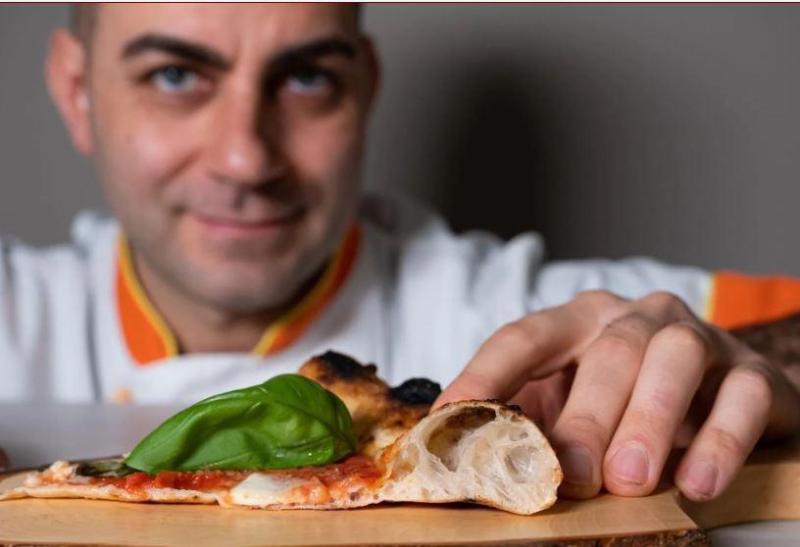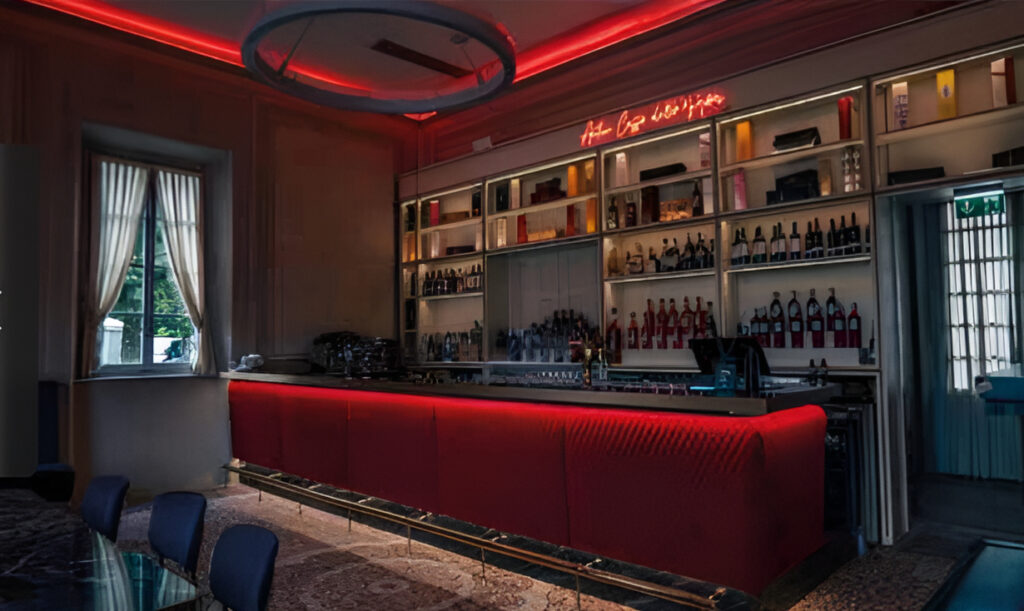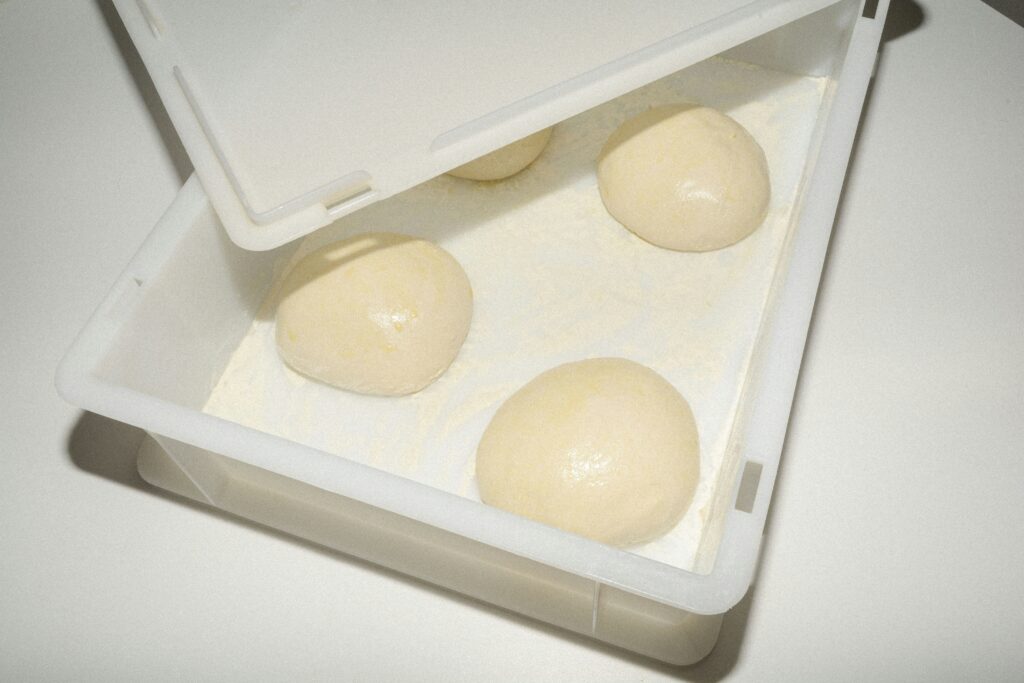
Pizza is often associated to beer, however recently wine is getting more and more popular in pizzerias, so much that pizza makers started to propose wine lists to customers.
The world of wine evolved rapidly, starting from the terrible methanol scandal that happened in 1986; besides its tragic effects, that episode led to a substantial change in the perception of quality by both producers and consumers. As a result, labels have multiplied; fashions have been created and destroyed. Who does not remember the “barrique” wine, which was first exalted by critics and public and then rejected, provided the fact that barrique is not and will never be an absolute good or bad thing for a wine?
Nevertheless this is just one of the many examples related to a universe where absolute certainties, dogmas and indisputable truths mingle together. If you try to ask a winemaker or a producer, you will see there really are many points of view, all more or less compatible with a wine making discipline getting more and more elastic according to the approach you have. This is how the so called “natural” wines – for which there are many definitions – started to be produced, as opposed to the ones defined as “industrial”. However, are we sure the wine making method of the good old farmer or the one of our grandfather who had his vineyard and dedicated himself to self production is to be preferred to the use of advanced technologies which simplify life?
Questions could really be endless; it is certain that anyone who has a catering business where wine is served has to deal with a very vast offer that intersects this very articulated reality. In a restaurant it is not so difficult to find a good quality wine list, although even in this case the variety is wide. Generally speaking, the wine list is pretty much consistent with the rating of the restaurant reported by the main gastronomical guides, starting from Michelin. Therefore it is quite logical – although it is not at all an axiomatic truth – to expect a “starred” restaurant to have a higher quality and a wider wine selection than a trattoria.

As a matter of fact, exceptions do exist and they are very common. Among these, we also find pizzerias. Until some time ago, pizzerias were used to offer some pseudo craft beers as well as draught beers of international brands; now, they are getting more and more oriented towards a wine proposal of relevant quality. A wine list can be more or less original on many levels and, on average, the level of originality is pretty strictly connected to the average quality level of the place, no matter what kind it is. Some wine lists are actually a selection of labels coming directly from the catalog of a trusted distributor and, in this case, the trained eye immediately gets it.
There is nothing wrong with this, only you will end up with an offer that will be somewhat imposed and conditioned by the capacity of the supplier. Likewise, it is satisfying for a wine lover to find an original wine list, made up of labels that are not common and quite homogeneously distributed. Some of them could come from less known producers who are not awarded with glasses, bunches of grapes and other symbols mentioned in the guides, but have the same quality and – something that should not be underestimated – interesting and maybe even more affordable prices. This kind of choices therefore depend a lot on how committed and passionate the manager is in investing his time for searching and creating the right food combinations. This does not mean having hundreds of labels to propose to customers, but more about offering the right ones.

Speaking of which, it is very difficult and not at all convenient to renounce to trendy and requested brands, because the social universe users searching for a moment of glory find their satisfaction in terms of photography just thanks to prestigious labels. And then the crucial question: is pizza-wine match good or not? As it is known, the myth of pizza and beer is terribly hard to dispel; therefore, in a “proper” pizzeria, a beverage list including some hopped ones will never be missing. However, the origin of this matching is not so well known. It actually dates back to the fifties of the last century, when in pizzerias, because of some limitations about serving alcohol dating back to the twenties, it was not allowed to serve alcoholic beverages having more than 8% of alcohol. So, it is still very common the habit of matching this beverage rather than wine with pizza. When you think about it, even though the best pizzerias use leavening and maturation practices that make dough extremely digestible, it is not such a good idea to combine yeast to yeast, by eating pizza and drinking beer together.
After having ascertained that, as the magnificent forerunner he always had been, even the great Luigi Veronelli suggested to match pizza with wine, in particular with Asprinio from Aversa, the literature about this subject is getting thicker and thicker and involves sommelier associations, wine consortia and enlightened pizza makers. For example, one of them is Denis Lovatel at Pizzeria da Ezio in Alano di Piave (BL), which has a very good wine list suggesting the right glass to combine to one of his famous “Tonda crunch” pizza. Among them, there are also Giancarlo Casa at Gatta Mangiona in Rome and brothers Francesco and Salvatore Salvo in Naples; with them, many others who often choose – such as the indisputable innovator Simone Padoan at I Tigli in San Bonifacio – to propose mainly wines of the new wave of natural ones, probably because of their wide gastronomical versatility. In any case, the criteria for selecting the wines on the menu should meet a need similar to the one of a restaurant, as the fillings of some pizzas are more and more similar to haute cuisine dishes.

For example, with the classic pizza Margherita it is possible to choose a simple bubbly such as Prosecco or more structured one such as Franciacorta or Trento doc. Champagne? Some have thought about it and – forgetting for a moment the popular character of pizza as opposed to the costs of the noble French wine – the result was remarkable. The freshness of a rosé wine is another excellent and tested solution. Following more academic rules, for a pizza stuffed with tomato, a pretty soft and not too heavy wine will be needed, in order to compensate acidity. A pizza topped with vegetables will generally require lightness and softness rather than acidity. When fats are present, such as in case of a rich in cheese topping, a good alternative is a bubbly, which anyway is a sort of passe-partout, as we have seen; or a white wine having good acidity and freshness. In case the taste becomes more intense, whether it is because of very salty ingredients, such as anchovies and capers, or because of a sausage, you can choose a wine with an even more robust structure and wider aromas. All this as long as the most classic pizzas are involved.
But what happens when it comes to contemporary pizzas, that is in case of complex toppings such as a “starred” dish? There would be so many examples to give in this regard and this is where a figure that until now had little to do with pizzerias comes into play. This is the sommelier, a qualified person capable of evaluating and studying the best solutions together with the cook-pizza chef, even those less obvious and challenging. Like cocktails, but that’s another story.



